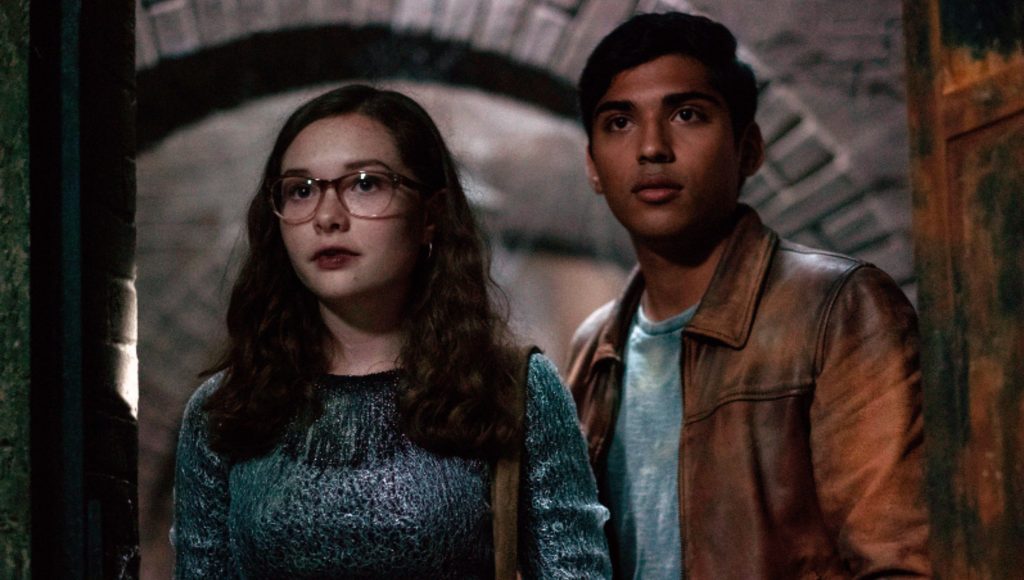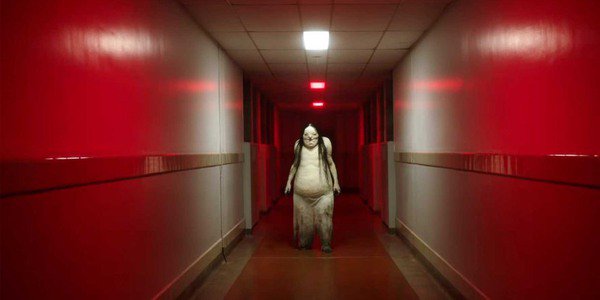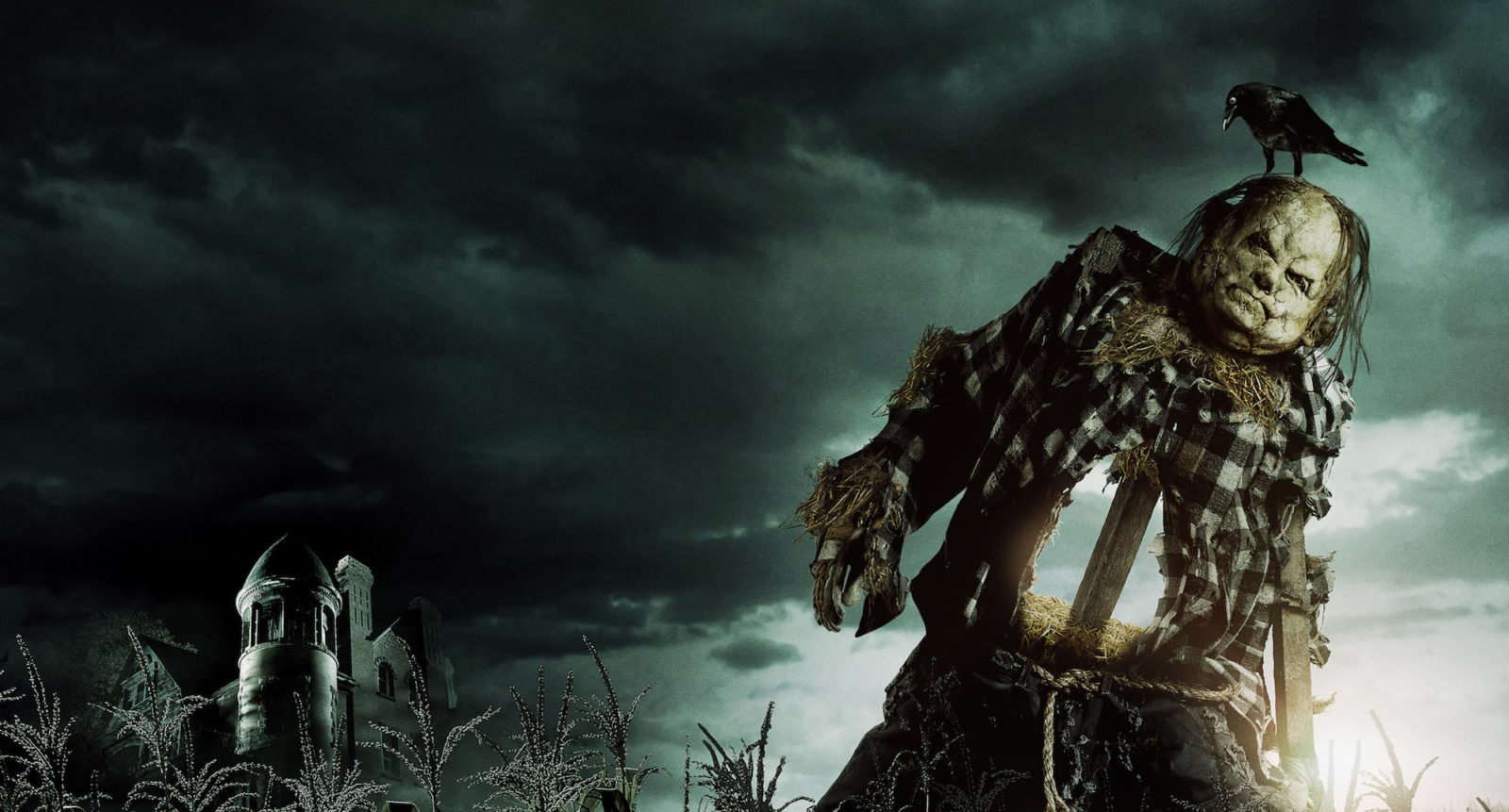Before starting a Scary Stories to Tell in the Dark review, it’s important to discuss the book series of the same name. Written by Alvin Schwartz and illustrated by Stephen Gammell, the children’s book series Scary Stories to Tell in the Dark garnered significant praise, both for their gothic stories and demented illustrations. And despite heavy controversy over its suitability for kids, the series has remained popular with kids and pre-teens alike.
This film adaptation, produced by Guillermo del Toro, takes a similar approach to the 2015 Goosebumps film. It takes the anthology-based format of the books, and interprets it into a stand-alone narrative, as a cast of teens face several monsters found in the original stories. Director Andre Øvredal has plenty of fun when it comes to the monsters, and brings the right amount of creepiness to the feature. It makes Scary Stories a fun horror adventure for pre-teens, even if it may not rewrite the horror movie playbook.
The Good
The real highlight of the film are the creatures the protagonists have to face. The special effects and makeup team had a lot of fun creating these unique monsters. Each one is distinctive and memorable, and lead to some fantastic sequences. Each monster attempts to wreak havoc to a victim, and it leads to some of the best moments in the film. Because the film is aimed at a younger audience, these moments aren’t bloody. However, they are still intense, terrifying, and sometimes even grotesque. The staging and cinematography really put the viewer in the scenes, making the film scarier as a result.
It also helps that Øvredal makes the viewers care about the leads. While most of the characters don’t have much dimension, the cast is still fun to watch. All the characters are likable, their personalities are familiar but entertaining and their chemistry is believable. Zoe Colletti is the lead character Stella, and she’s great at carrying the film and giving in emotion. Her relationship with her father, played by Dean Norris, is also a nice element added in throughout the film.

The Bad
Øvredal and crew had fun with the monster chases, but things do start to feel repetitive by the end. A monster arrives, it kills off a character, and the leads try and fail to get there on time. It starts to get tiring after a while, and leads to sequences feeling kind of jumbled. In a way, having Scary Stories be an anthology film might have made things better.
One of the more confusing aspects of the film is its time period. Taking place in 1968, Scary Stories shoves that fact in the viewer’s face, mainly with footage of Richard Nixon playing on the TV. The setting is weirdly both in your face or unimportant, depending on the scene. The movie could have been set in just about any time period, and nothing major would have changed. In many ways, I found myself forgetting at points this took place in the 1960s.

Final Verdict
To wrap up my Scary Stories to Tell in the Dark review, despite some annoyances in the script, there’s still plenty to like with Scary Stories. It may not be revolutionary, but as a fun horror film with creative monsters, it is still satisfying. Odreval and del Toro both had a lot of fun exploring the world of these iconic books, and this will likely be a future cult classic for younger viewers.
